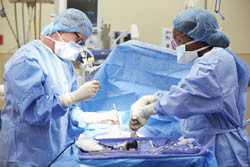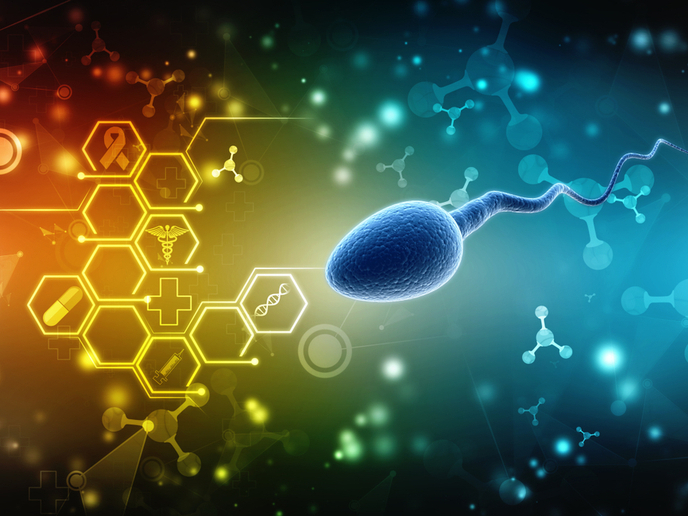Proteins get the brush-off
Proteins are biological molecules that are important to many fields, including medicine, pharmaceuticals, environmental science and security. Minimising their adsorption to surfaces during handling is accomplished by surface functionalisation with tiny brushes of neutral water soluble polymers (NWSPs). Detailed mechanistic studies of protein–NWSP interactions are missing and 'brush failure' is a regular occurrence. Scientists made important progress that enhanced understanding and created a valuable tool for further studies within the scope of the EU-funded project 'Protein-repellent polymers' (POLYPROT). The team chose two types of proteins with different binding properties. Globular proteins such as haemoglobin, myoglobin and insulin likely adsorb due to weak, non-specific interactions. Proteins like anti-polymer antibodies adsorb by strong and specific binding of protein sites to polymer sites. Poly(ethylene glycol) (PEG) polymers with controlled brush characteristics (grafting density and polymer length) were grafted to flat surfaces and incubated with protein solutions. The team used an advanced neutron scattering technique (neutron reflectometry with contrast variation) to characterise brush density. Myoglobin adsorption onto PEG-functionalised hydrophobic polystyrene occurred in two layers, a dense inner layer on the grafting surface and a less-dense outer layer on top of that. The amount of protein adsorbed in the inner layer was independent of polymer length, but correlated with increasing polymer density. The amount in the outer layer was related to the polymer amount, meaning a dependence on both length and density. Anti-PEG antibodies bound PEG brushes grafted to lipid monolayers on solid supports via specific ternary adsorption (i.e. due to favourable protein-brush interactions). The thickness and density of the adhered monolayer increased with increasing brush grafting density. The mechanistic studies were accompanied by methodical progress in the X-ray standing wave technique for element-specific structural characterisation. The researchers demonstrated the tremendous potential of a protein's sulphur content for characterising the structure of adsorbed proteins. The new methodology could be very useful in characterisation of biological and biomimetic systems at solid–liquid interfaces. POLYPROT significantly advanced understanding of protein-repellent NWSPs. Results are expected to improve a variety of technological and medical applications, including in vivo interventions.







